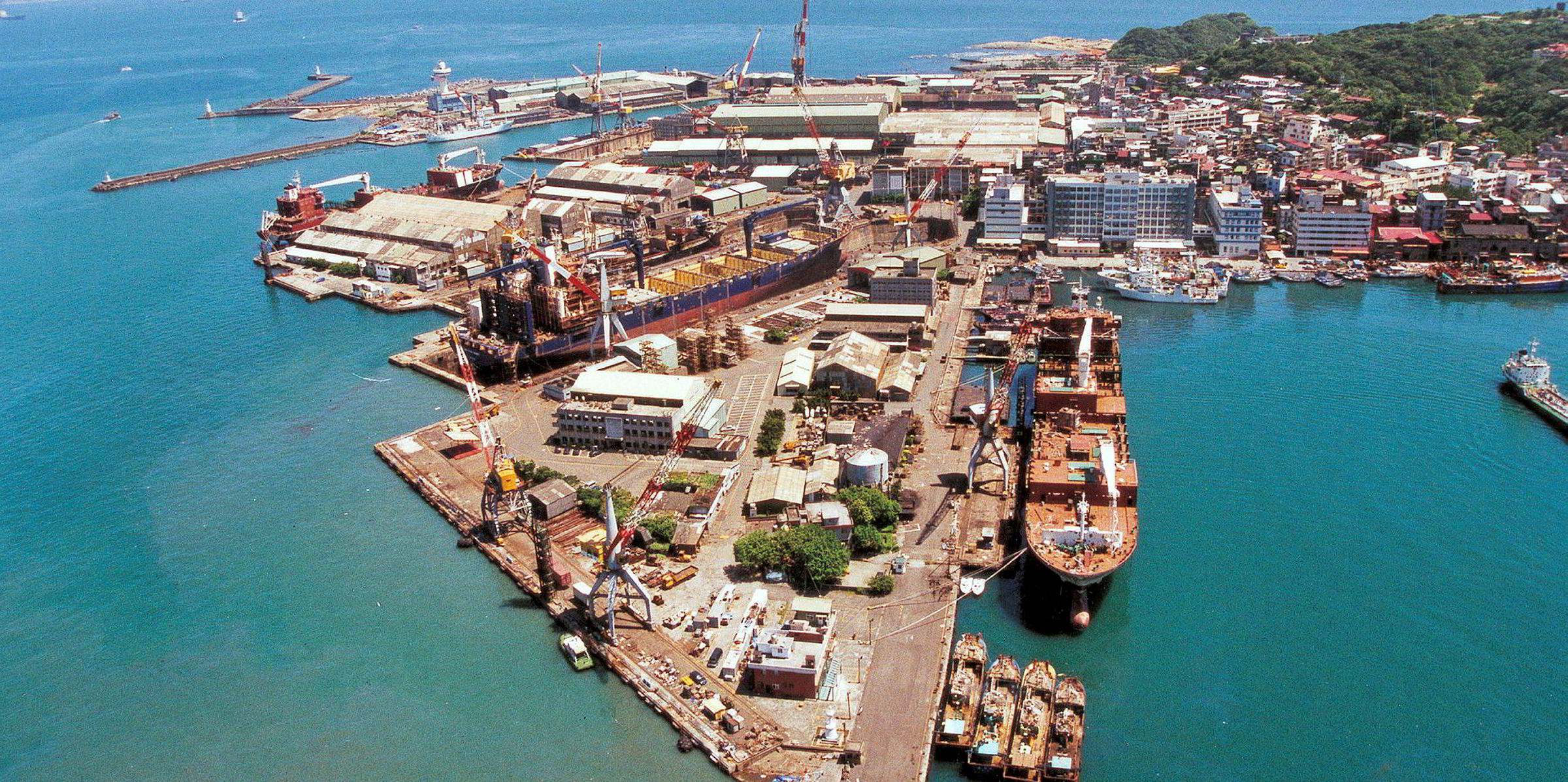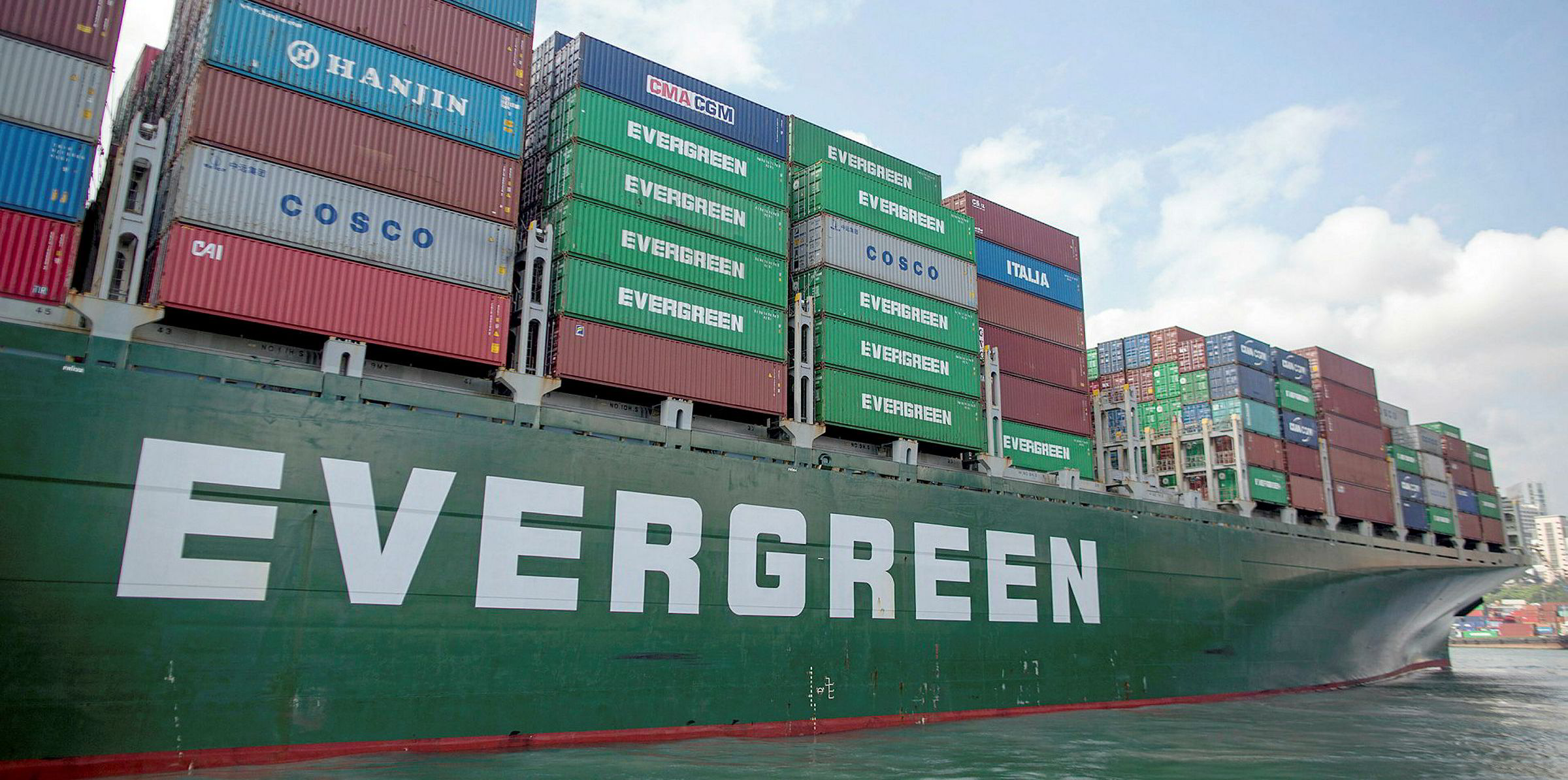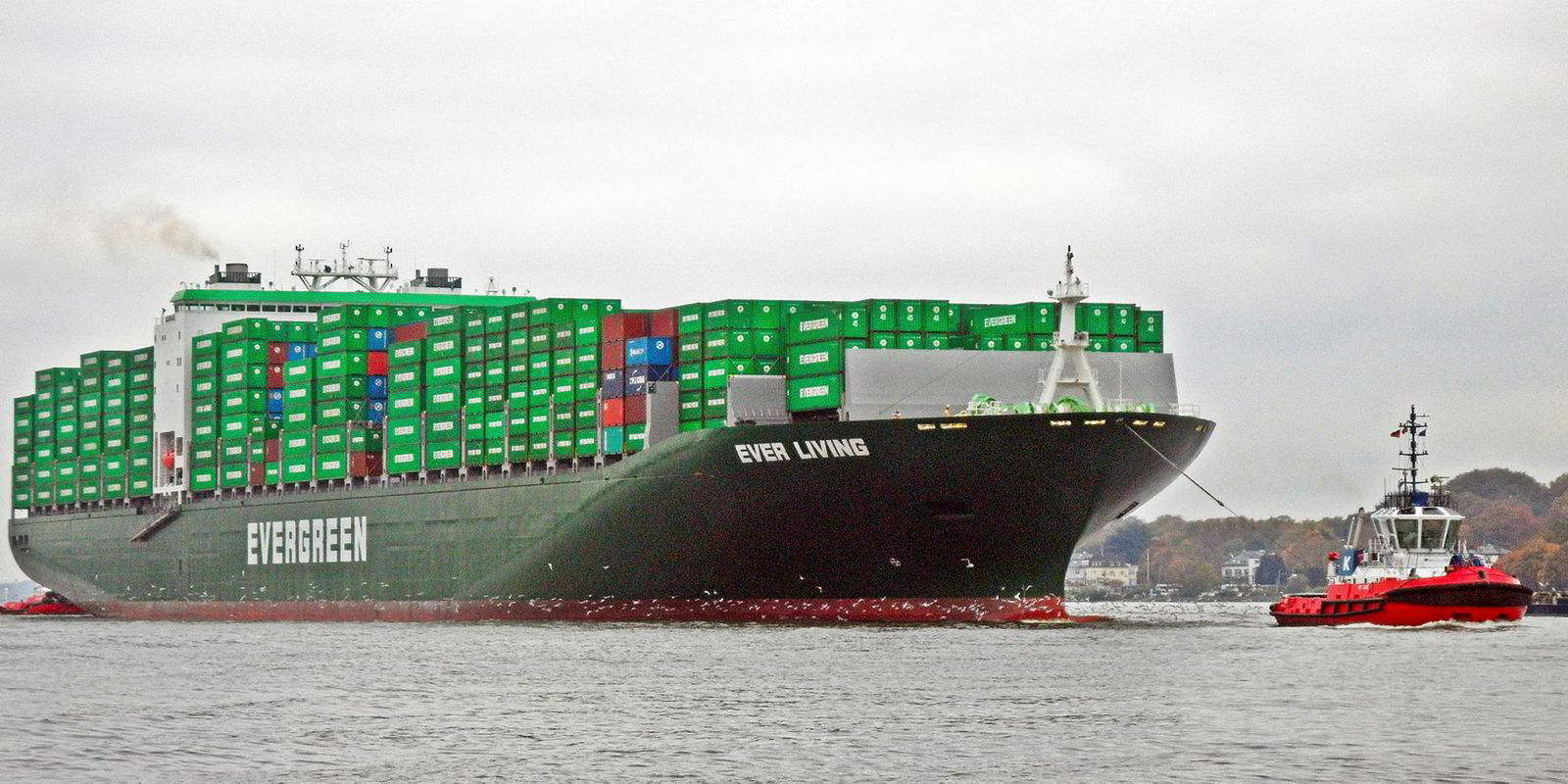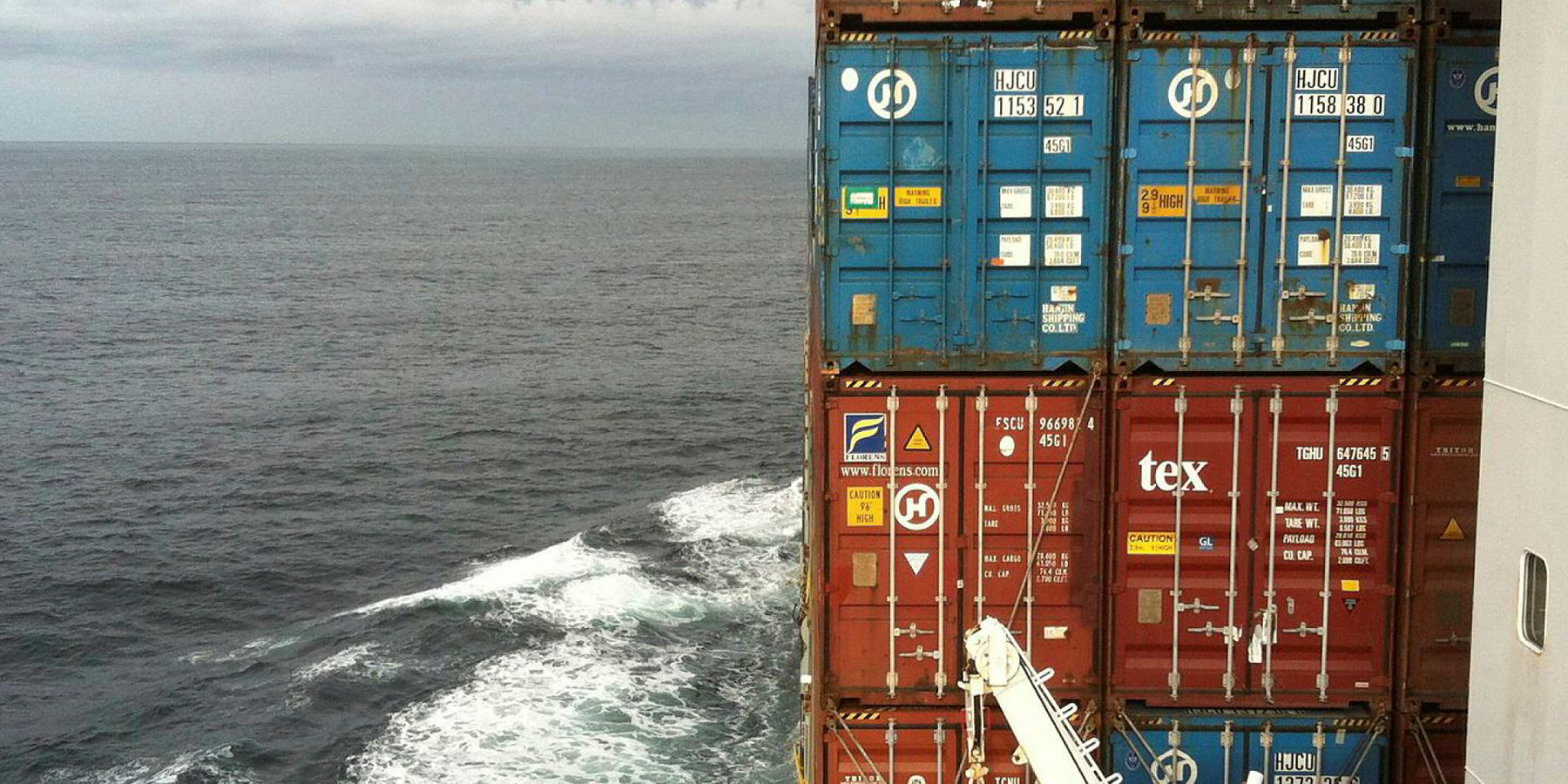Inter-Asian liner operators and their Japanese tonnage suppliers are taking financial and regulatory risks by ordering Tier II newbuildings, an industry analyst says.
Top-name Chinese shipbuilders are competing with rivals in Japan, South Korea and Taiwan for two long series of sub-panamax containerships from Taiwanese liner players Evergreen Marine and Wan Hai Lines. Shipbuilders who are taking part in the negotiations say both owners prefer Tier II newbuildings that will be unable to trade in the world's emissions control areas (ECAs).
"The Inter-Asian container lines say they still prefer Tier II because they know where they will be operating the ships," a Chinese shipyard official said.
The question is whether the financial savings of ordering Tier II vessels outweighs the risk of having what an industry analyst calls "dead fish" as soon as China sharpens up its environmental regulations.
TradeWinds reported last week on plans by Evergreen to ink up to 24 ships in an order programme split between 1,800-teu and 2,400-teu vessels and, last month, similar plans by Wan Hai to contract 1,900-teu and 2,800-teu units were also published. In the larger size alone, Wan Hai is currently said to be talking about eight firm ships plus four options.
Within China, yards actively bidding for the two larger series include Yangzijiang Shipbuilding, and China State Shipbuilding Corp subsidiaries Jiangnan Shipyard and Huangpu Wenchong Shipyard. Cosco Guangzhou Shipyard is also in the running.
Chinese yards bidding on the two smaller series are thought to include Jinling Shipyard, Yangzijiang and Wenchong.
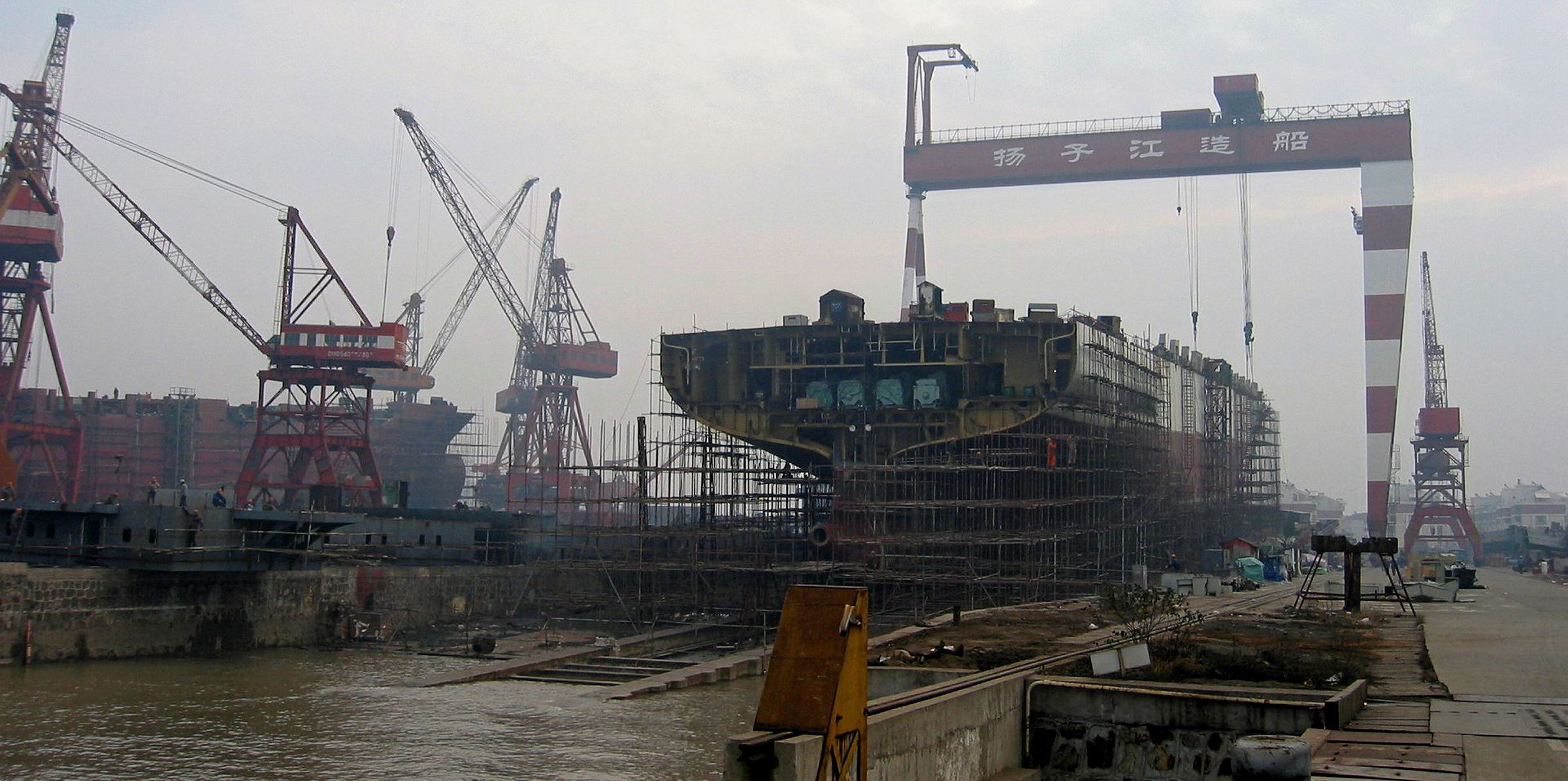
Taiwan's CSBC Corp is also involved in the competition for the Wan Hai ships — but to CSBC's own design.
Chinese yard officials tell TradeWinds that Evergreen's 2,400-teu newbuildings are being negotiated at prices of around $33m to $33.5m, while the shipbuilders hope to bring in Wan Hai's 2,800-teu vessels at $34m to $35m.
Brokers have quoted a price of around $28m each for the smaller Evergreen series.
In the case of Evergreen, about half of the ships are likely to be ordered directly by the owner and the other half through tonnage suppliers including four Japanese houses, as well as Western players on the basis of six to eight-year time charters.
The explicit preference for Tier II newbuildings means the owners are confident enough about finding a use for the ships in regional trades. They are willing to forego meeting the Tier III standards, which would allow the vessels to trade in North American and North European ECAs.
But, in addition to the risk of having to dispose of less desirable tonnage at the end of the first time charter, owners are making themselves vulnerable to sudden shifts in national maritime and environmental regulations, especially in China, said Liu Xunliang, a shipping and shipbuilding analyst.
"I think it's risky to order Tier II at this moment," said Liu, founder of Shanghai-based China Newbuilding Price Index. "Chinese regulations can change with very little notice. For example, the Ministry of Transport has just issued a notice, very suddenly, on new rules for ship imports. The notice was released on 3 July and the deadline for imports under the old rule is 15 August. I wonder how these containership owners would deal with that kind of regulatory change."
China could disrupt the ship emissions equation by introducing an ECA, for example. An ECA in all or some Chinese ports or coastal areas would mean ships ordered after 1 January 2017 would never again be able to trade there.
"If something like this happened in the future, the Tier II ships would be dead fish," Liu said.
Evergreen and Wan Hai are understood to be asking yards to deliver ships "Tier III ready", so that compliant engine modifications could be added when the time comes.
A Chinese shipyard official told TradeWinds that this future modification would supposedly cost $1.2m to $1.3m based on current cost estimates. But no such modification has ever been done and his yard would not be interested in the job.
"We are strictly a newbuilding yard," the shipyard representative said. "They can find a repair yard to do that."
